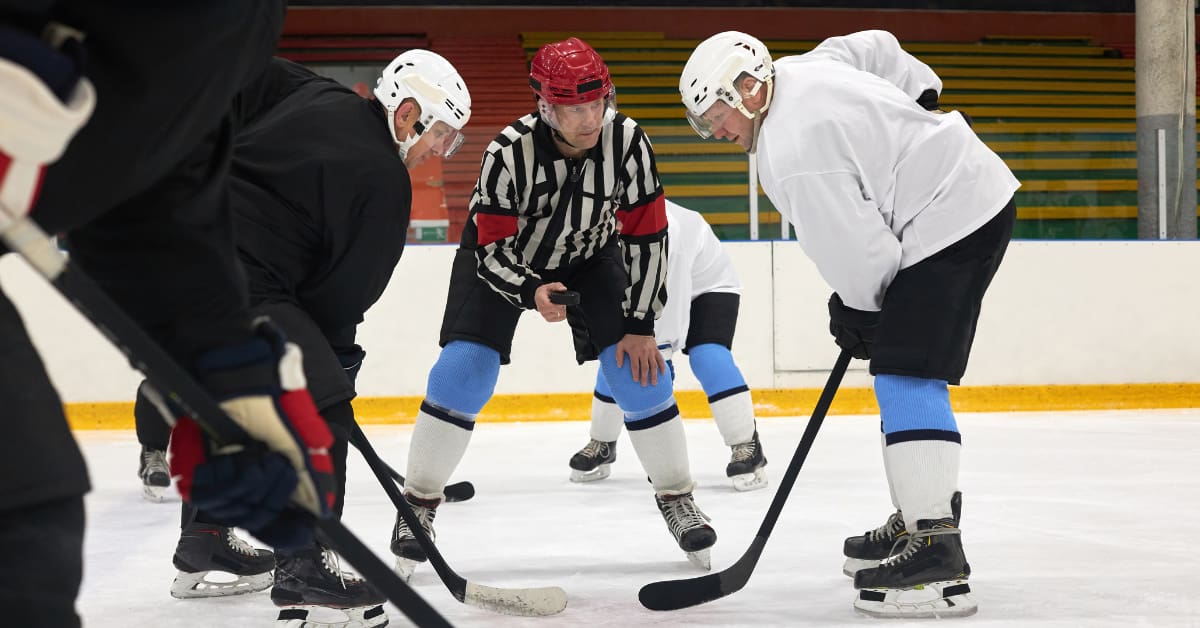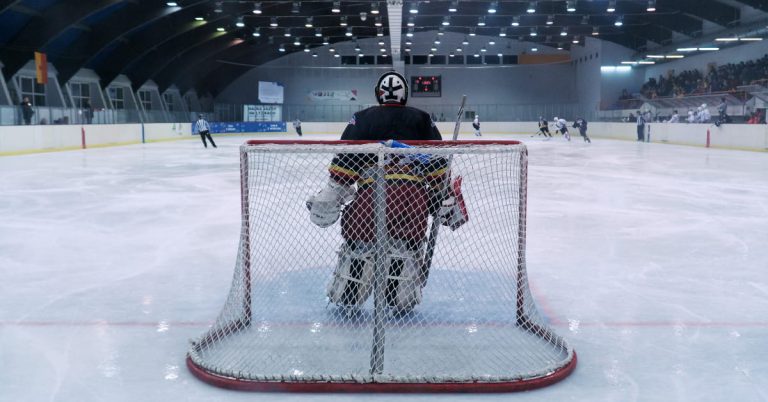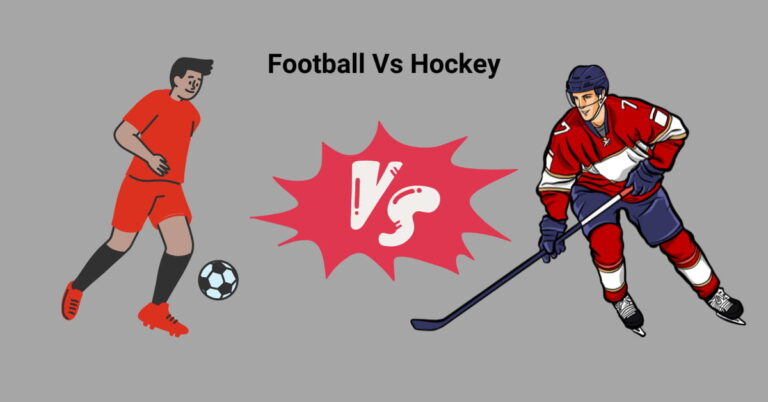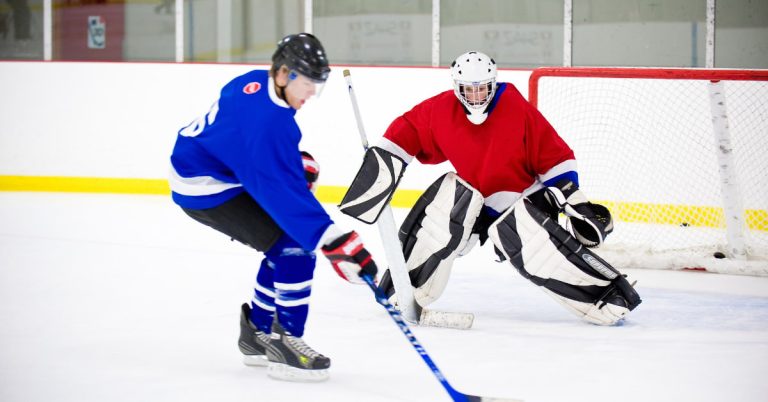Why Are Hockey Shifts So Short?
Hockey is a fast-paced, physically demanding sport that requires players to give their all on the ice. One of the most intriguing aspects of the game is the short duration of shifts, which typically last between 30 and 45 seconds. In this article, we will explore five key reasons why hockey shifts are so short and how this strategy contributes to the overall success of a team.
Why Are Hockey Shifts So Short?
High Intensity and Speed
Hockey shifts are short because of the sport’s high intensity and speed. Players must skate fast, make quick decisions, and engage in physical battles. Short shifts help maintain energy and performance. Longer shifts cause fatigue, resulting in slower skating, weaker shots, and less effective checking. In short, quick shifts are essential for optimal performance in this fast-paced game.
Minimizing Fatigue and Injury Risk
Another reason for short hockey shifts is to minimize fatigue and injury risk. Hockey demands explosive movements and fast reactions. Long shifts lead to tiredness, increasing the chance of injuries like muscle strains and ligament tears. Shorter shifts keep players fresh and reduce injury risk. Brief shifts help coaches manage player fatigue and maintain a healthy roster.
Line Matching and Tactical Adjustments
Coaches use short shifts for line matching and tactical adjustments. Changing lines often lets coaches exploit favorable matchups, like putting a top offensive line against a weaker defensive pairing. Short shifts also let coaches react to in-game situations and adjust team strategies. Constant player rotation allows adaptation to the game’s flow and maintains a competitive edge.

Special Teams and Penalty Killing
Short shifts are crucial for special teams, like power plays and penalty kills. Players must be at their best during these situations to score or defend effectively. Short shifts maintain high intensity and focus during critical moments. Brief shifts ensure special teams units are always ready to perform at their peak.
Keeping Players Engaged and Motivated
Lastly, short shifts keep players engaged and motivated. Frequent line changes show players they have limited ice time to make an impact. This urgency increases effort and focus as players strive to contribute during their shifts. Managing shift times effectively instills urgency and accountability, leading to a more competitive and driven team.
In conclusion, hockey shifts are short due to the high intensity and speed of the game, minimizing fatigue and injury risk, line matching and tactical adjustments, special teams and penalty killing, and keeping players engaged and motivated. Understanding these reasons can help fans appreciate the sport’s strategy and nuances. So, enjoy watching your favorite team with a deeper understanding of the game’s intricacies.
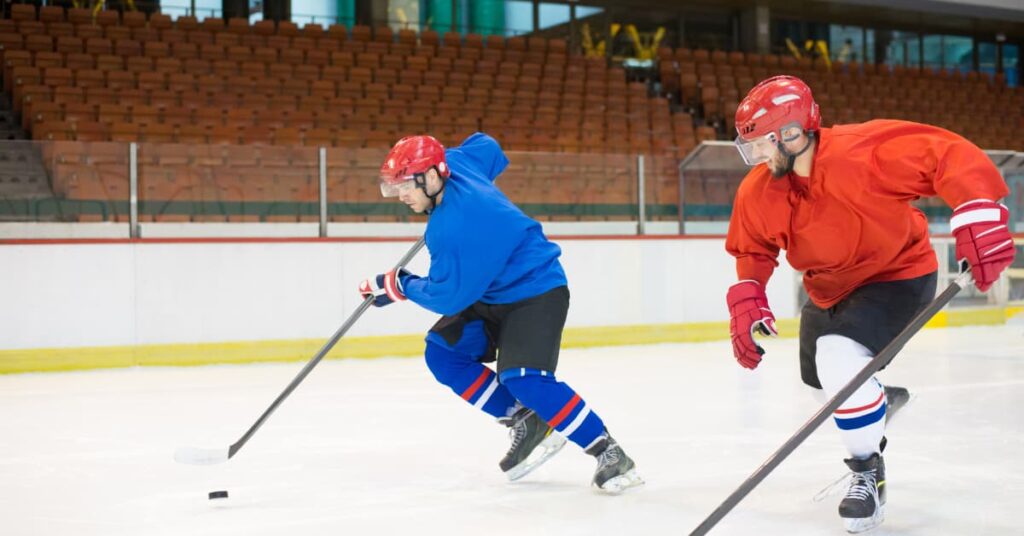
Factors That Affect Shift Time
Maintaining High Intensity and Speed
Hockey is a game of speed and intensity. Players need to be able to skate at full speed, make split-second decisions, and engage in physical battles with opponents. By keeping shifts short, players can maintain a high level of energy and performance throughout the game. Longer shifts would result in fatigue, leading to slower skating, weaker shots, and less effective checking.
Minimizing Fatigue and Injury Risk
As mentioned earlier, hockey is a physically demanding sport that requires explosive movements and quick reactions. Long shifts can lead to fatigue, which increases the risk of injury. Shorter shifts help players stay fresh and reduce the likelihood of muscle strains, ligament tears, or other injuries that can occur when players are tired.
Line Matching and Tactical Adjustments
Coaches often use short shifts to match lines and make tactical adjustments during a game. By changing lines frequently, coaches can exploit favorable matchups against the opposing team, such as putting their top offensive line against a weaker defensive pairing. Short shifts also allow coaches to react to in-game situations and make necessary adjustments to their team’s strategy.
Special Teams and Penalty Killing
Short shifts are crucial for special teams, such as power plays, and penalty kills. During these situations, players need to be at their best to capitalize on scoring opportunities or shut down the opposing team’s attack. Short shifts enable players to maintain a high level of intensity and focus during these critical moments of the game.
Keeping Players Engaged and Motivated
Short shifts help keep players engaged and motivated throughout the game. With frequent line changes, players know that they have limited time on the ice to make an impact. This sense of urgency can lead to increased effort and focus as players strive to contribute to their team’s success during their time on the ice.
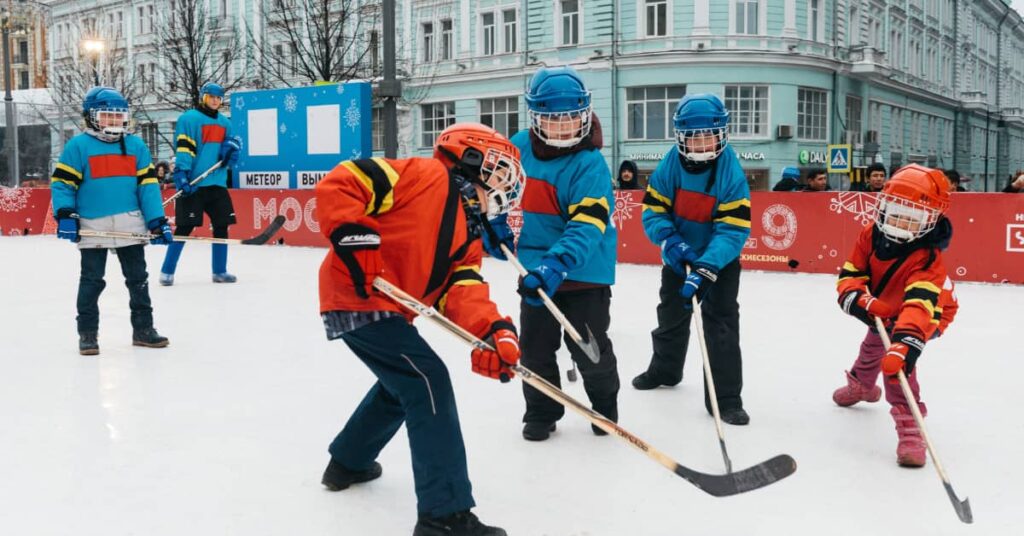
How Do Shifts Work in Hockey?
In hockey, shifts are the periods during which a group of players, or a line, is on the ice. A standard game features four forward lines and three defensive pairings on each team, with players rotating on and off the ice throughout the game. Coaches determine the length and frequency of shifts based on factors such as player performance, game situation, and the need for tactical adjustments.
| Shift Length | Typical Range | Factors Influencing Shift Length |
| Short Shifts | 30-45 seconds | High intensity, speed, minimizing fatigue, tactical adjustments, special teams |
| Average Shifts | 45-60 seconds | Balanced intensity, maintaining energy levels, regular gameplay |
| Long Shifts | 60 seconds or more | Overtime, key game situations, player endurance |
Conclusion
The short duration of hockey shifts can be attributed to the need for maintaining high intensity and speed, minimizing fatigue and injury risk, line matching and tactical adjustments, special teams situations, and keeping players engaged and motivated. By understanding the reasons behind short shifts, fans can gain a deeper appreciation for the strategy and nuances of the game.
With a better understanding of the science and strategy behind short shifts in hockey, you can now enjoy watching your favorite team with an even greater appreciation for the game’s intricacies. So next time you’re watching a game, pay close attention to the line changes and marvel at the incredible athleticism and tactical acumen on display.

